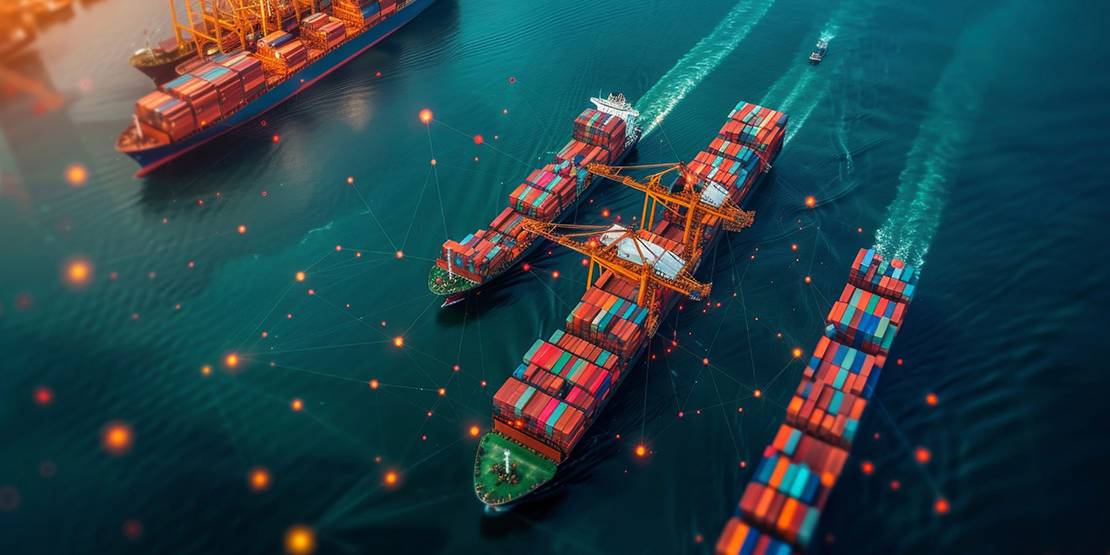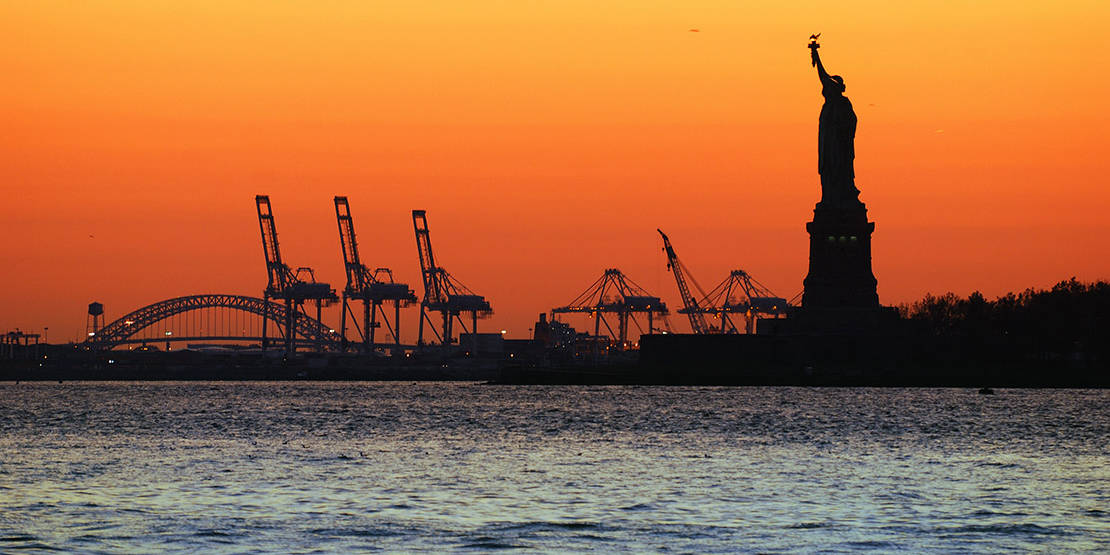If ocean freight carriers didn’t have enough to worry about with low demand, overcapacity, and increased environmental regulations, according to a recent report they also have too many containers.
When post-pandemic demand was in full flow, equipment availability was severely stretched. As vessels extended their round trip voyage times due to heavily congested ports, containers were full of products for much longer periods.
This resulted in shortages of equipment at many origin ports and carriers were frequently purchasing more equipment to make up for the critical conditions that were being faced at the time.
However, now that high demand period has very much passed, carriers have been left with a surplus of equipment with little chance of offloading due to a currently saturated second hand container market.
The current capacity of the 6,000 ships in the global container fleet is around 28m TEU. However, as we know, many ships are parked up or partially in service due to blank sailing programmes.
However, a report in The Loadstar suggests that carriers have 55m TEU of container equipment at their disposal, almost twice the amount that a fully operational global fleet can carry.
Who would want to be an ocean freight carrier these days?
If you have any questions regarding the above, then Westbound are here to help. So, please do not hesitate to contact us.

Become a Westbound VIP
From simpler bookings, communication, and collaboration to reporting, insights, and more, our intuitive cloud platform puts everything in one place. So you get control, efficiency, and transparency, and a launchpad for your supply chain.
Related Posts
11/12/2024
US Port Strike May Still Be On The Horizon For New Year
While October's US East & Gulf Coast…


